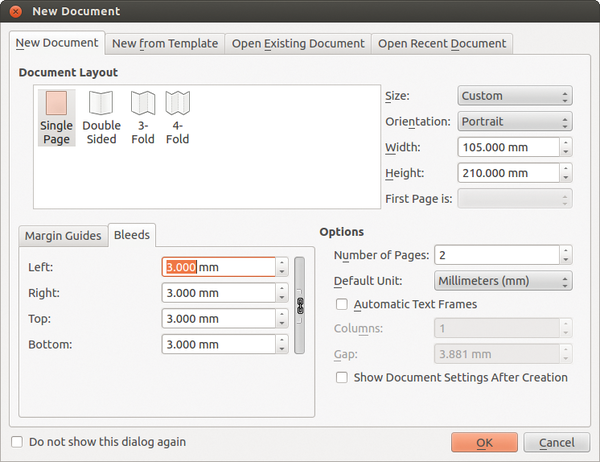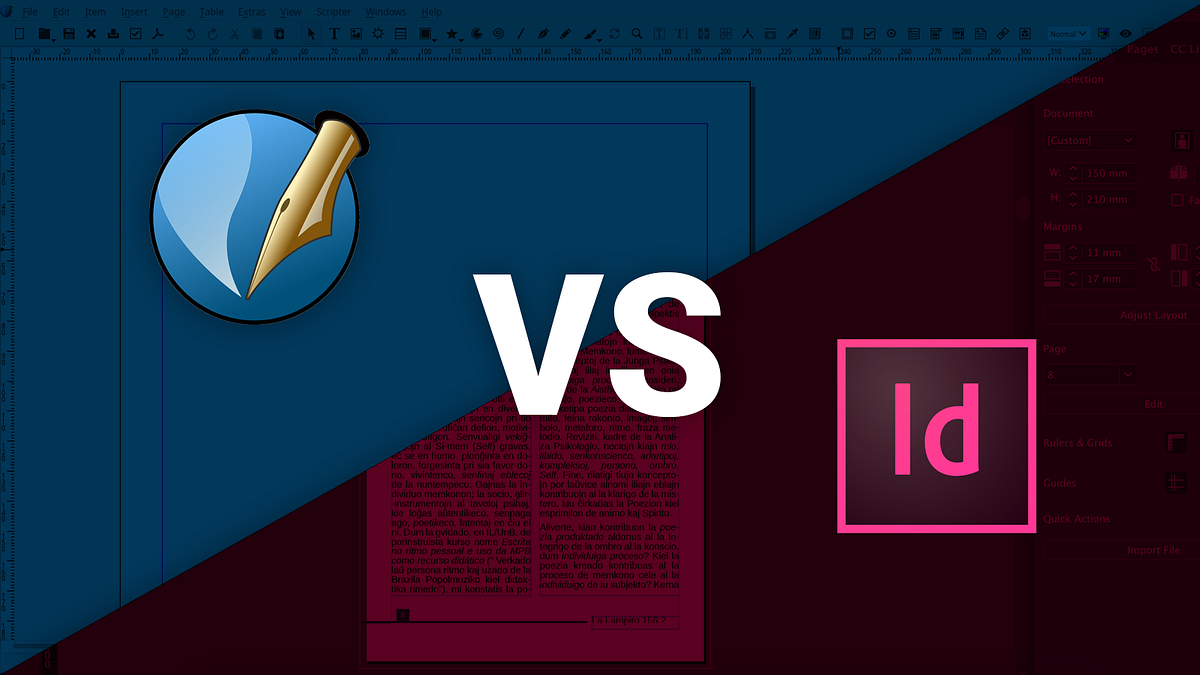

Masters can have multiple layers, just like pages in your document. A master item cannot be selected on a document page unless the master item is overridden. They can also contain empty text or graphic frames that serve as placeholders on document pages. Masters commonly contain repeating logos, page numbers, headers, and footers. Changes you make to a master are automatically applied to associated pages.

Master items that appear on document pages are surrounded by a dotted border. Objects on a master appear on all pages with that master applied. Not sure if it helps but here is Adobe’s definition of Indesign’s master pages:Ī master is like a background that you can quickly apply to many pages. I’ll follow the suggestion to look at the “scrapbook” instead, unless there changed something to master pages in recent years … But unfortunately, it seems that it is not meant that way. I thought there is a mode where I can change the contents, but not page position etc., which would make perfect sense for me. There is a good reason for it, since it could easily happen while working with a document that something on a master page would be unintentionally moved or changed. The objects belonging to master pages cannot be changed in the normal Edit Mode. They say at Working with Master Pages - Scribus WikiĪs soon as you consider using many objects (common headers, logos, background, page numbers etc.) on the same places throughout your document, you will be well advised to use master pages.īut headers are dynamically changing, so this is wrong I guess. At least they give a false impression on what the feature is. If this is still true, that means the tutorial and even that on the Scribus wiki are plain wrong. Hm, now I found an old forum thread at that suggests that this is not what master pages are for.


 0 kommentar(er)
0 kommentar(er)
